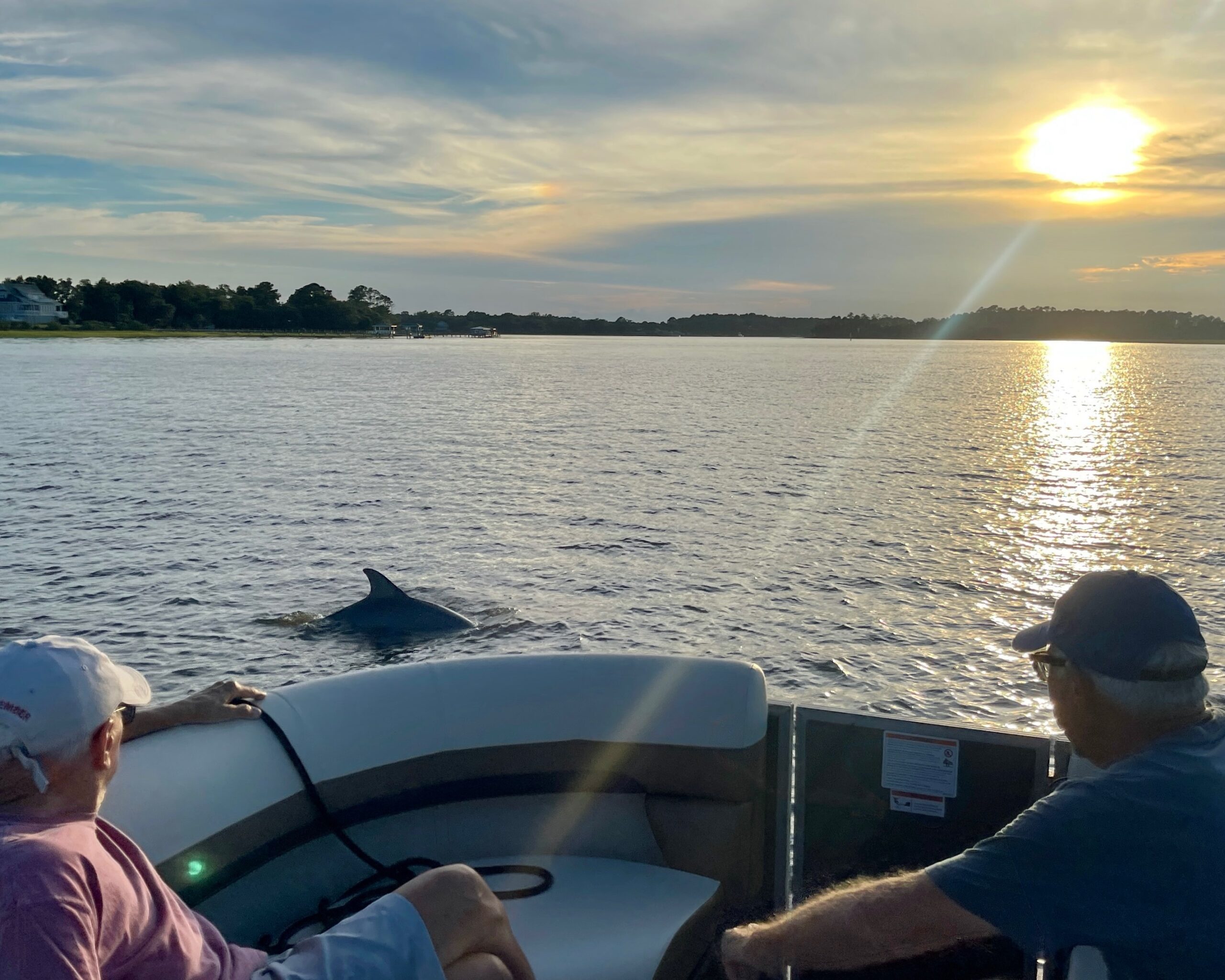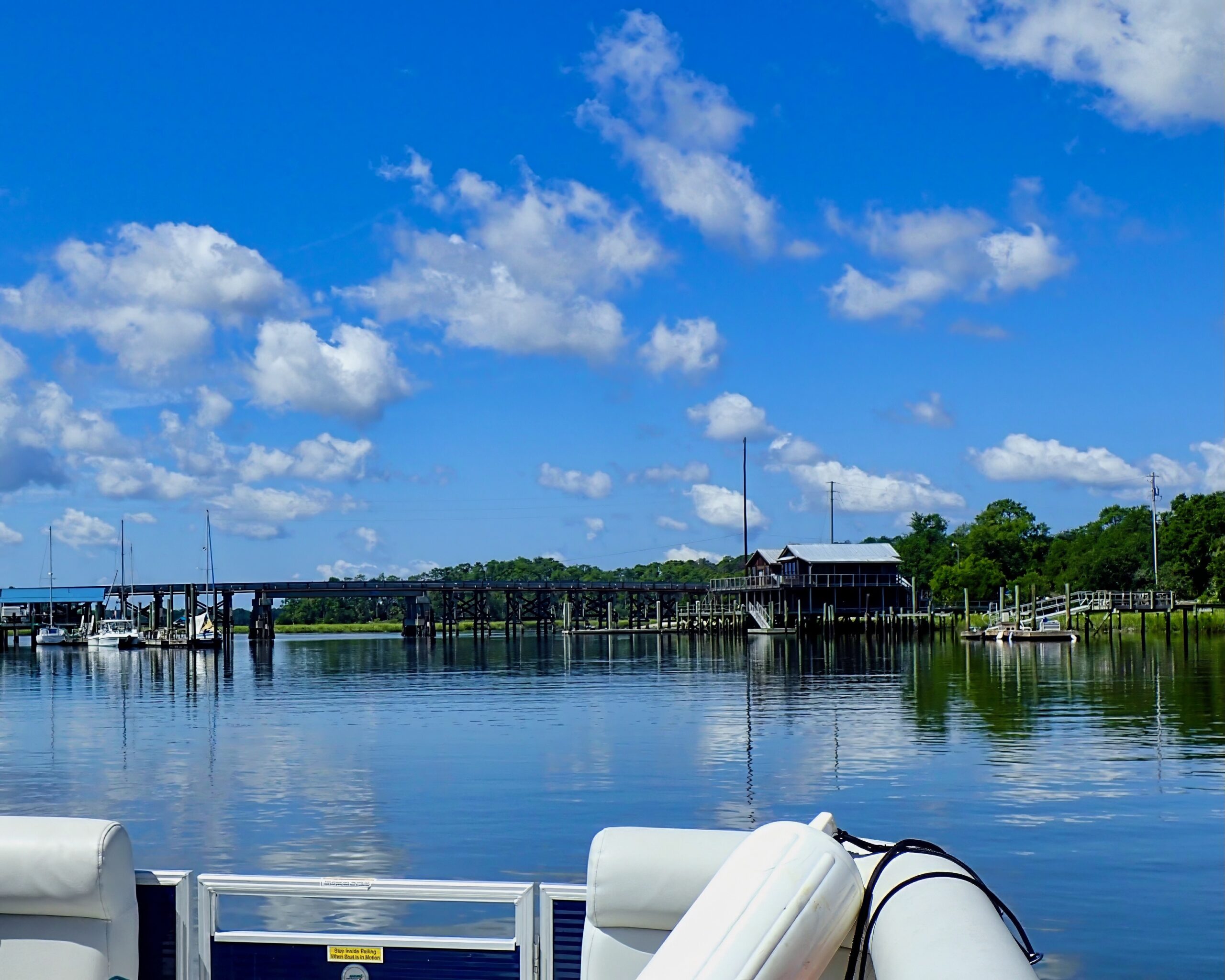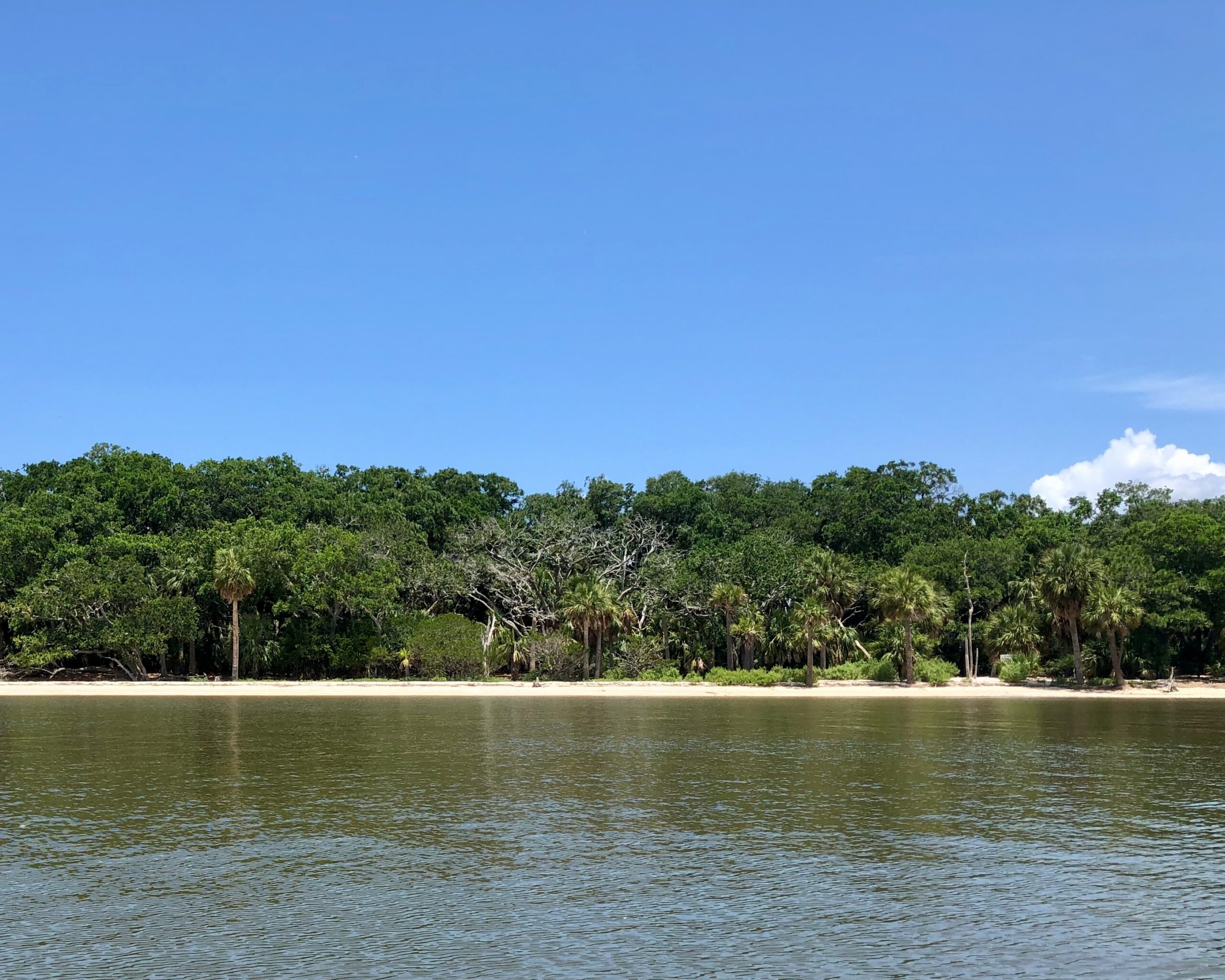3 Images, 2 Moments, 1 Memory
Three Images of History



Two Moments in History
Moment 1—1939 Puerto Rico
In 1939, 500 rhesus monkeys from India were shipped to an island off the east coast of Puerto Rico. They were part of a research project that involved Puerto Rico’s School of Tropical Medicine and Columbia University. In 1946, the National Foundation of Infantile Paralysis bought 40 acres near Bluffton to set up the Pritchardville Primate Center (now closed). It was a rural ‘monkey farm’ where sick monkeys were treated and healed. Thousands of monkeys passed through the farm from 1946 to 1959 before being sent to research facilities across the U.S. Over the years, some monkeys escaped. There were many local stories, but no one remembers what happened to the ‘escapees.’
However, we know that rhesus monkeys from farms in South Carolina were crucial in Dr. Salk and Dr. Sabin’s development and testing of vaccines. Their work ultimately led to a successful nationwide immunization campaign that wiped out polio in America.
Polio was eradicated, but rhesus monkeys were crucial. In 1977, India ceased sending rhesus monkeys to the U.S. or Puerto Rico, halting biomedical research and vaccine production. The U.S. quickly established a breeding colony and research center in Beaufort County.
Moment 2—1979 Beaufort County, South Carolina
Litton Bionetics won a government contract to establish the Yemassee Primate Center in the Yemassee Industrial Park. Today, Alpha Genesis Primate Research Center is a major center that works extensively with rhesus monkeys, among other species, for various biomedical research purposes.
The 43 young monkeys that escaped this week (2024) in Yemassee may be descendants of the original India-to-Puerto Rico group from 1939. But they were born on an island in Beaufort County.
Litton Bionetics was also tasked with reestablishing a free-ranging breeding colony. The U.S. Government bought Morgan Island and, in 1979, began the arduous and challenging task of moving 1,500 monkeys from Puerto Rico to Beaufort.
They were transported in nine shipments via an old DC3 aircraft to MCAS(!). From there, they were trucked to a dock on Lucy Creek and then sent by boat seven miles to “Monkey Island.”
Today, research with the monkeys is done in Yemassee and elsewhere. And though infrequent, the Yemassee location has had several ‘jailbreaks’ over the years. The Morgan/Monkey Island colony now has a population of about 3,000 rhesus monkeys. The National Institute of Allergy and Infectious Diseases (NIAID) manages and owns the colony.
There is only one confirmed incident of an escape from the Island. About 40 years ago, a few young “bachelor” males decided to swim off the island. Most were trapped and returned. To this day, none have been spotted on Dataw Island.
One Memory Preserved
“ We owe a continuing debt of gratitude to the rhesus monkeys who gave their all to save so many human lives from polio and many other diseases.”
David M. Taub
February 2019
Source
The True Story of Monkey Island, South Carolina by David M. Taub, Beaufort, South Carolina, The Island News, February 2019.
David M. Taub was Mayor of Beaufort from 1990 through 1999 and served as a Beaufort County Magistrate Judge from 2010 to 2015. In 1979, Litton Bionetics hired him to move the initial group of rhesus monkeys to Morgan Island.
Epilogue
As of Friday morning, November 8, 2024, none of the 43 escaped rhesus macaque monkeys have been recaptured.

